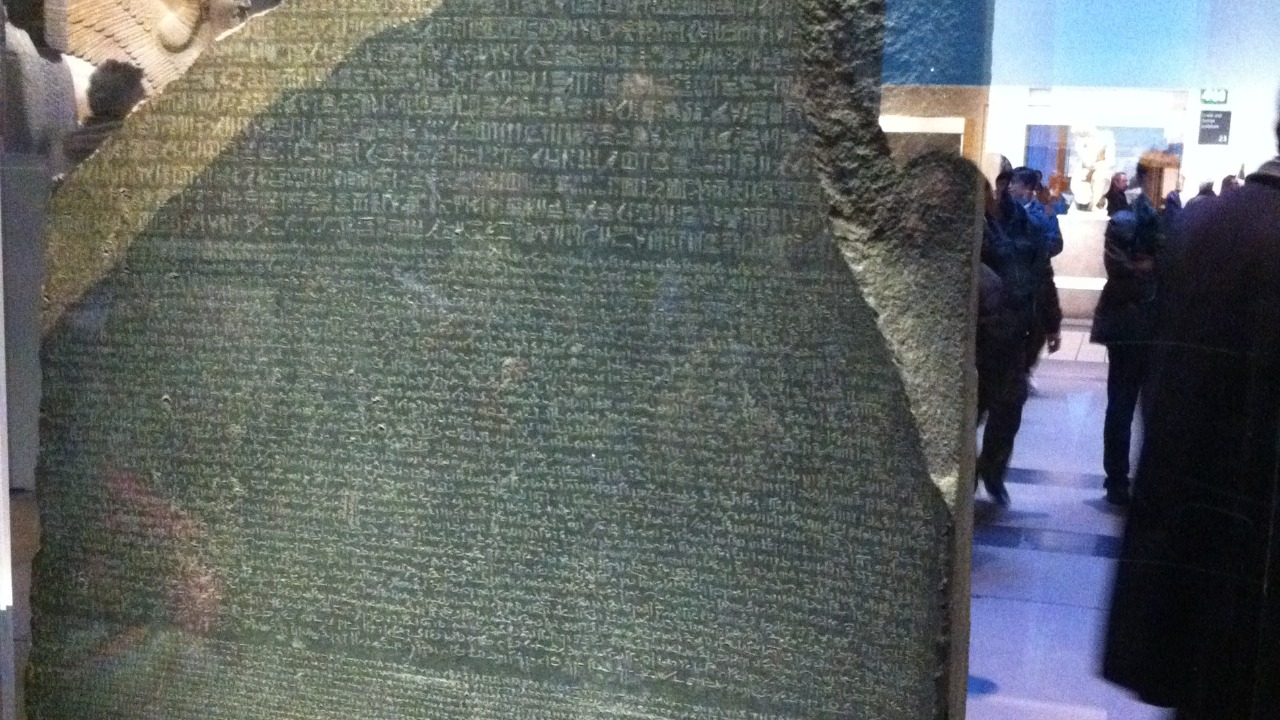
Archaeological discoveries serve as time capsules, unearthing hidden truths and rewriting our understanding of human history. From the Rosetta Stone to the discovery of Homo Floresiensis, let’s delve into eight archaeological finds that have reshaped our perceptions of the past.
The Discovery of the Rosetta Stone: Decoding Ancient Egypt

Uncovered in 1799, the Rosetta Stone was instrumental in deciphering Egyptian hieroglyphs. This stele, inscribed with three versions of a decree issued in Memphis in 196 BC, provided the key to understanding an ancient civilization that had been shrouded in mystery for centuries.
The Rosetta Stone’s discovery gave us unprecedented insight into ancient Egyptian culture, religion, and governance, fundamentally reshaping our understanding of this influential civilization.
The Unearthing of Pompeii: Insights into Roman Life
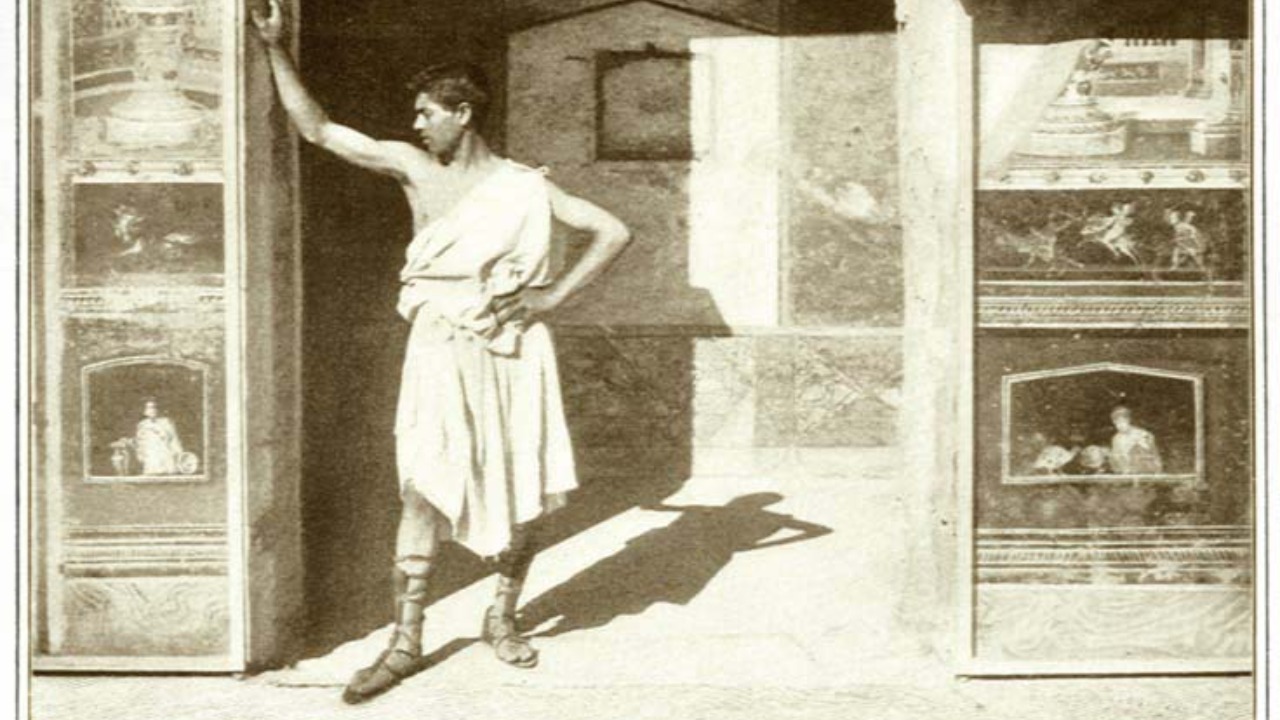
The ancient city of Pompeii, preserved under a thick layer of volcanic ash after the eruption of Mount Vesuvius in 79 AD, offers an intimate snapshot of Roman life. From intricately decorated houses to graffiti on the city walls, Pompeii provides a wealth of information about the Roman world.
The discovery of Pompeii has hugely impacted our understanding of the Roman Empire, giving us a unique and vivid window into the past.
The Terracotta Army: China’s Buried Mystery
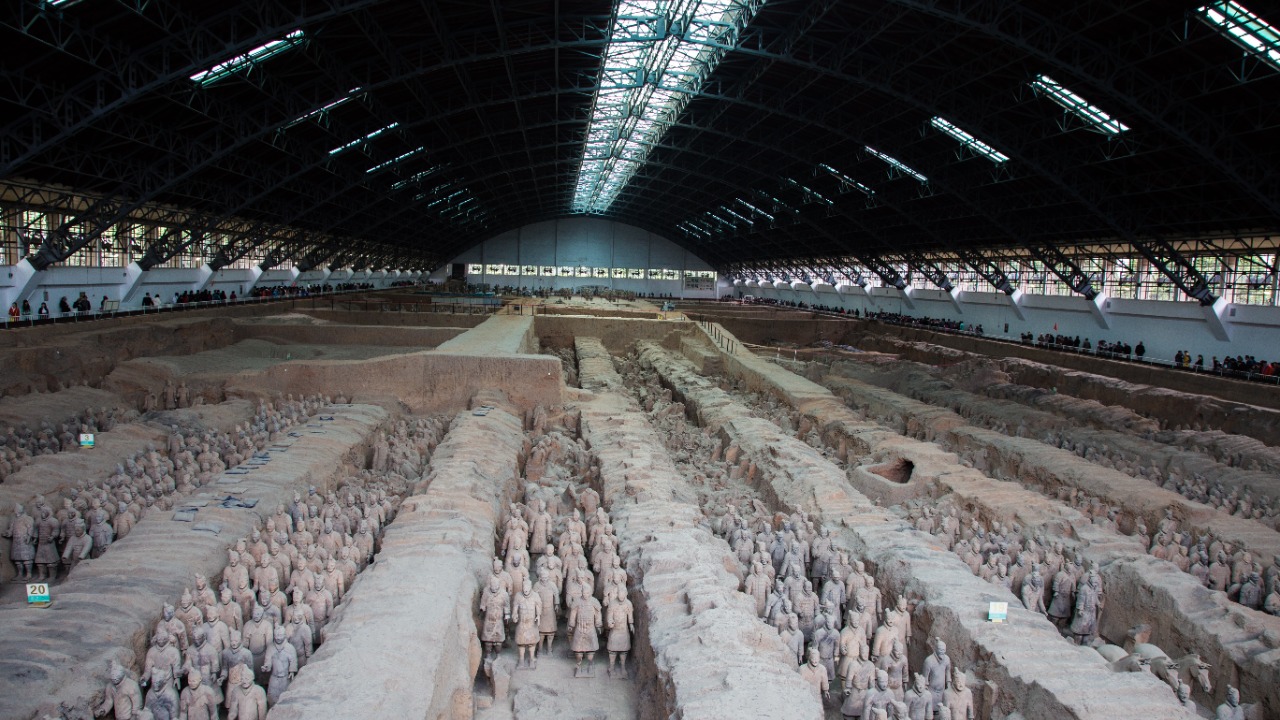
One of the most significant archaeological finds, the Terracotta Army, was discovered in 1974 by farmers digging a well near Xi’an, China. This vast collection of life-sized terracotta soldiers and horses, created to accompany China’s first emperor, Qin Shi Huang, in the afterlife, is a testament to the power and influence of the Qin Dynasty.
The Terracotta Army continues to be a source of fascination, providing profound insights into ancient Chinese art, warfare, and the belief in afterlife.
The Dead Sea Scrolls: Illuminating Biblical Texts

Discovered between 1947 and 1956 in the vicinity of the Dead Sea, the Dead Sea Scrolls have dramatically broadened our understanding of Jewish history and the origins of Christianity. These ancient manuscripts contain significant portions of the Hebrew Bible, as well as other Jewish texts and documents of the time.
The Dead Sea Scrolls have not only shed light on the religious practices and beliefs of the time but also challenged many assumptions about the text of the Bible.
The Sutton Hoo Ship Burial: A Glimpse into Anglo-Saxon England
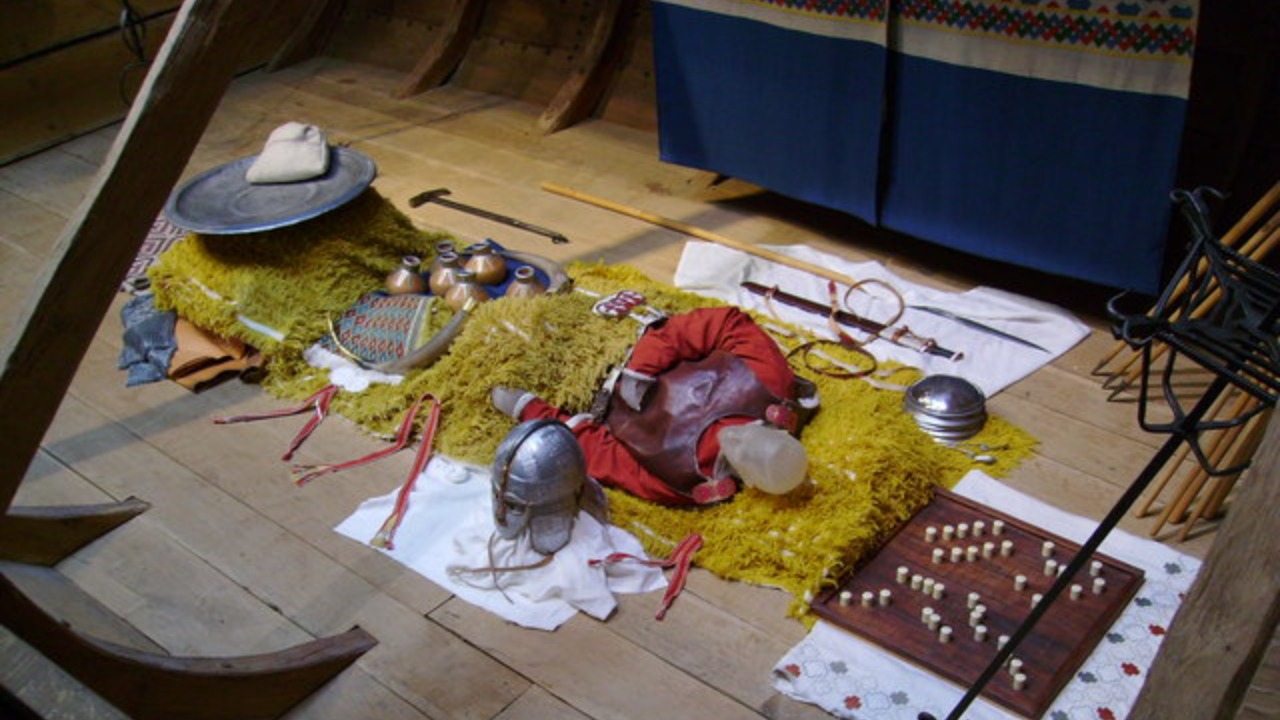
The Sutton Hoo ship burial, discovered in 1939, is one of the most spectacular archaeological finds in England. This 7th-century burial, believed to be of King Rædwald of East Anglia, unearthed a wealth of artifacts, including a magnificent helmet, gold and garnet jewelry, and finely crafted weapons.
The treasure trove from Sutton Hoo has greatly enriched our knowledge of the Anglo-Saxon period, illuminating the cultural and political landscape of early medieval England.
The Lascaux Cave Paintings: A Prehistoric Art Gallery
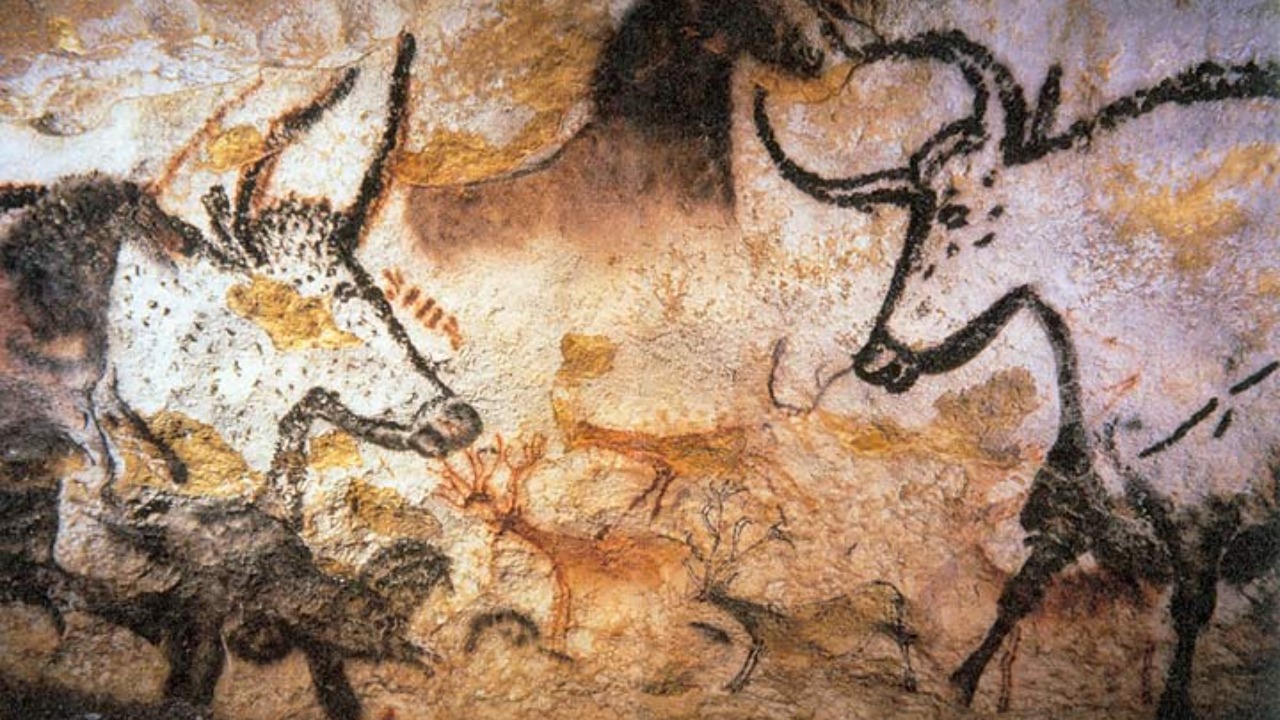
The discovery of the Lascaux cave paintings in 1940 opened a window into the world of prehistoric humans. These striking images of animals and symbolic signs, painted around 15,000 years ago, reveal the creativity and symbolic thinking of our distant ancestors.
The Lascaux cave paintings have transformed our understanding of prehistoric art and culture, challenging the notion that early humans were simply primitive beings.
Machu Picchu: The Lost City of the Incas
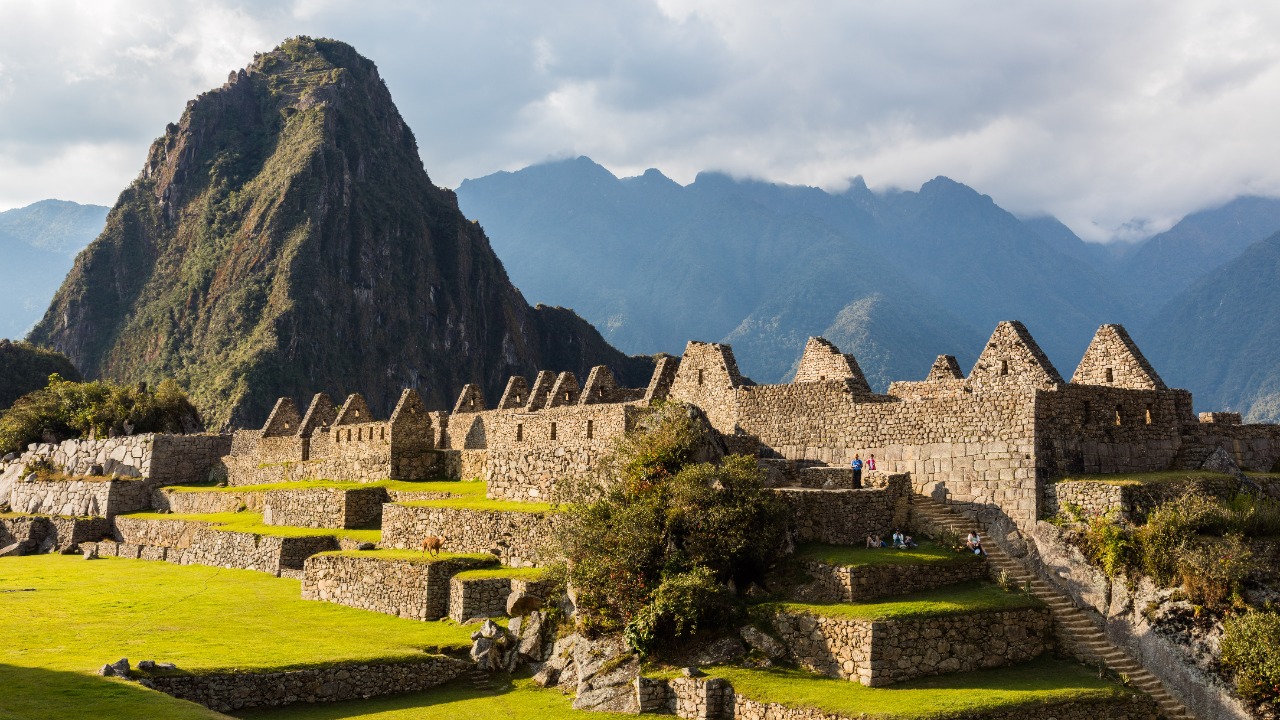
Machu Picchu, often referred to as the ‘Lost City of the Incas’, was rediscovered in 1911 by American historian Hiram Bingham. This Incan city, nestled high in the Andes, is a marvel of ancient architecture and engineering.
The rediscovery of Machu Picchu has given us invaluable insights into the Inca Empire, its society, and its remarkable achievements in various fields.
The Discovery of Homo Floresiensis: A New Branch in Human Evolution
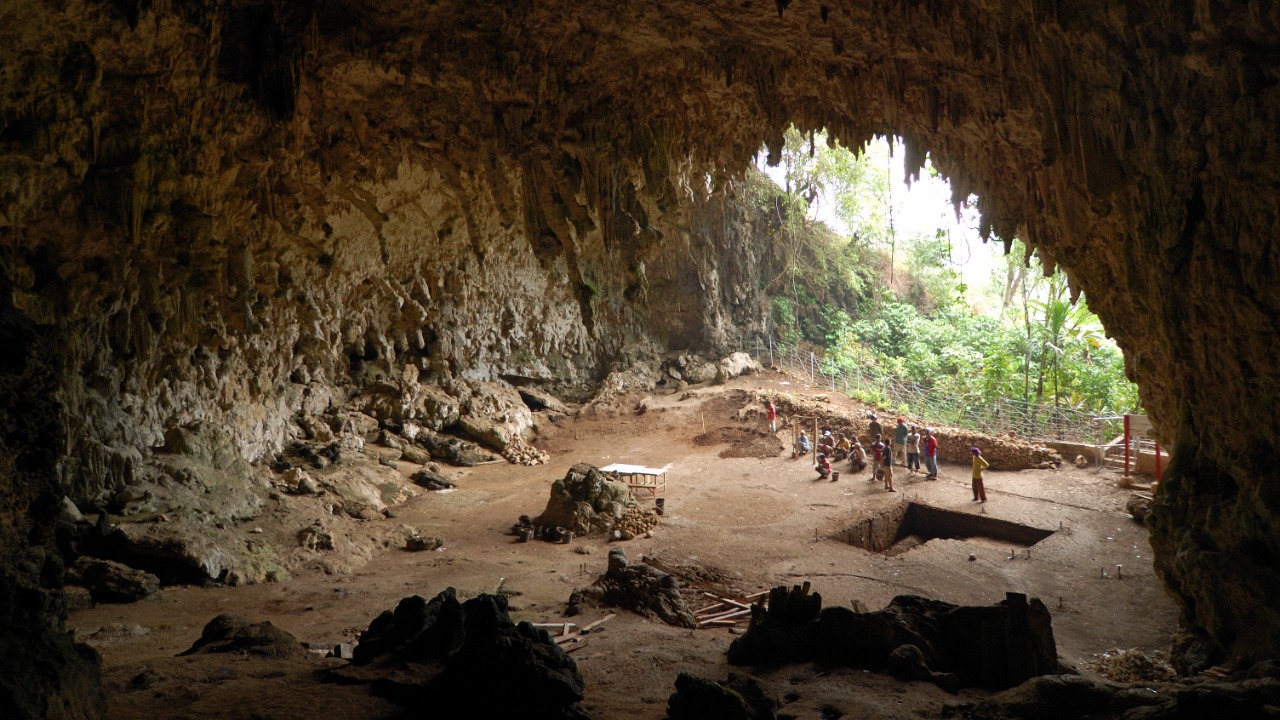
The 2003 discovery of a new human species, Homo Floresiensis, on the Indonesian island of Flores, added a surprising twist to the human evolutionary story. Nicknamed ‘the hobbit’ due to its small stature, this species lived as recently as 12,000 years ago.
The discovery of Homo Floresiensis has challenged conventional theories about human evolution and migration, rewriting the narrative of our own species.